Building of the Day: 20-26 Willow Street
Brooklyn, one building at a time. Name: Row houses Address: 20-26 Willow Street Cross Streets: Cranberry and Middagh streets Neighborhood: Brooklyn Heights Year Built: 1846 Architectural Style: Greek Revival Architect: Unknown Landmarked: Yes, part of Brooklyn Heights HD (1965) The story: The oldest parts of Brooklyn Heights, over near Middagh Street, are a fascinating patchwork…
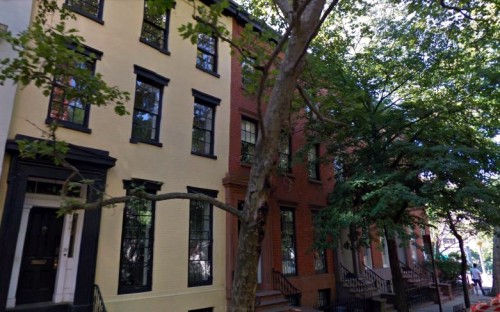
Brooklyn, one building at a time.
Name: Row houses
Address: 20-26 Willow Street
Cross Streets: Cranberry and Middagh streets
Neighborhood: Brooklyn Heights
Year Built: 1846
Architectural Style: Greek Revival
Architect: Unknown
Landmarked: Yes, part of Brooklyn Heights HD (1965)
The story: The oldest parts of Brooklyn Heights, over near Middagh Street, are a fascinating patchwork of styles and history. Frame houses stand next to Greek Revival row houses, followed by later brownstone styles, late 19th century tenements, early 20th century apartment buildings, and finally, late 20th century apartment housing. I’ve always enjoyed walking around this part of the Heights, as you never know what you are going to come upon next.
This group of Greek Revival row houses was built in 1846, a time when Brooklyn Heights was feeling its oats as the a leafy suburb for the powerful merchants and financiers whose businesses lay below by the docks, or across the river in Manhattan. The houses are brick built on top of a brownstone basement story. Unlike later Italianate houses, the stoops on these houses rise only ten or so stairs from the street level, necessitating an excavated cellar level in order to get light and windows into the ground floor.
The houses are about 22.5 feet wide and have deep yards extending back towards the East River. They all have porches and galleries in the back, and number 20 has a carriage house connected to the main house by a brick garden wall. Many of the corner houses in this part of the Heights have similar configurations. These are simple houses, compared to later Victorian Queen Anne’s, but they are extremely gracious, with large, airy parlors and well-proportioned stairways and other interior features.
They also belonged to some of the Heights more comfortable men and their families. In 1847, number 20 belonged to Howard C. Cady, a lawyer. Number 22 belonged to Bliss Rumrill, a jeweler, and 24 to a man named Alfred G. Peckham. Number 26 was home to a widow named H. C. Hathaway. The most famous of the row’s owners was a resident of 22 Willow Street. The Reverend Henry Ward Beecher lived here in 1848.
From his pulpit in nearby Plymouth Church, he withered and excoriated the forces of slavery in the United States, thundering down God’s judgment upon those who would own other human beings. This may have been his first or second home in Brooklyn, as he became the first minister of Plymouth Church in 1847. He lived here with his wife, Eunice, and their three children.
In the 1950s, 20 Willow was home to Dr. Willard Travell, whose daughter, Dr. Janet Travell, was President John F. Kennedy’s personal physician. In 1978, 22 Willow was home to the family of Phyllis Mead Read, past president of the Brooklyn Music School, and a well-known translator of operas. She and her husband, George Mead, prepared English language versions of operas such as “Don Pasquale,” “Idomeneo,” “Cosi Fan Tutte,” and “Ariadne Auf Naxos,” among others.
Dr. Henry Neumann, the founder and past president of the Brooklyn chapter of the New York Society for Ethical Culture, lived at 24 Willow, at his death in 1966. He and his wife, the late Julie Wurzberger Neumann, had founded the Brooklyn Ethical Culture School in 1922. And finally, 26 Willow Street was a HOTD here in 2011, where it garnered the usual comments that reflected either love or hate, depending on whether one lived in Park Slope or not. And so it goes. GMAP
(Photo: Google)
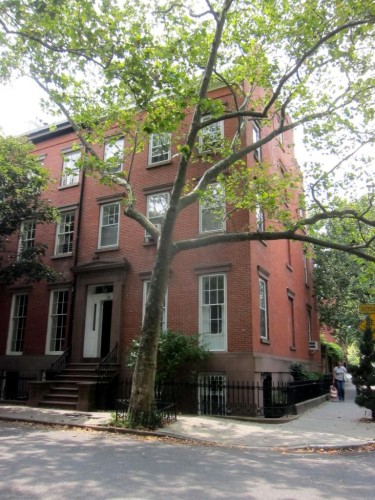
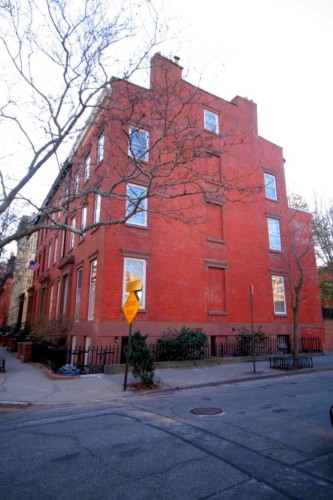
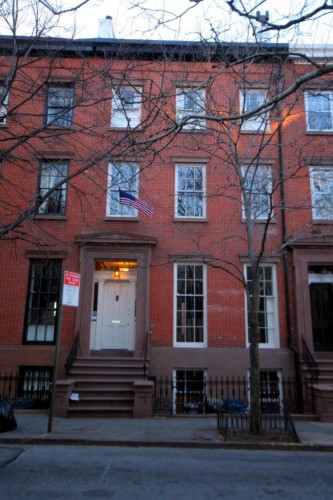

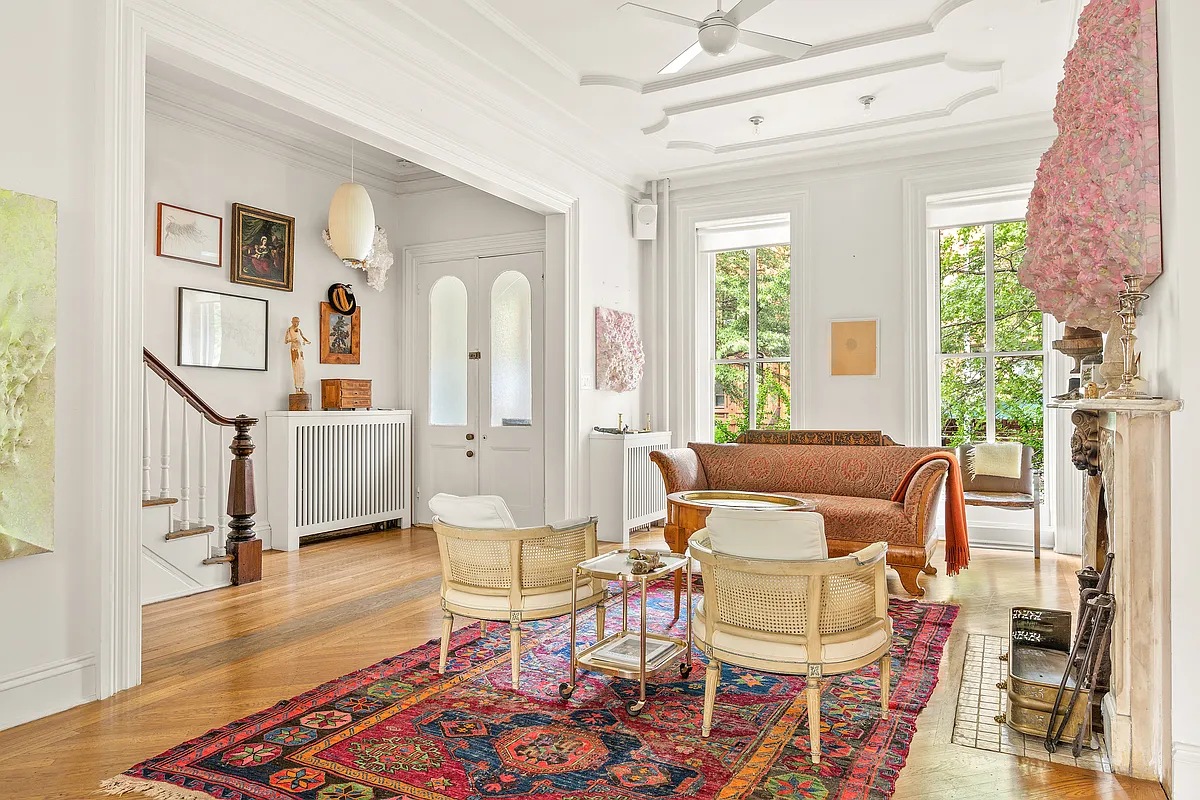
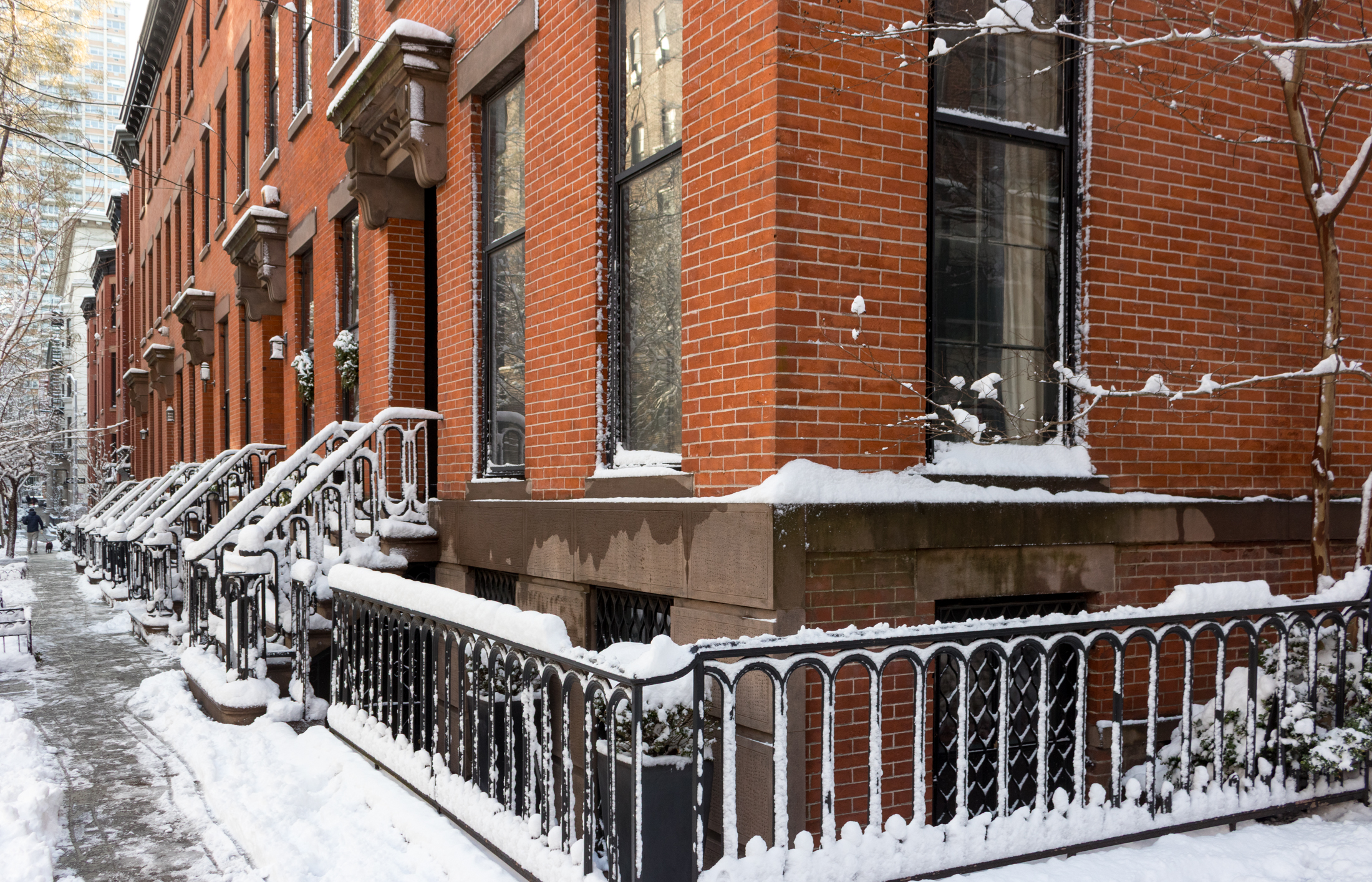
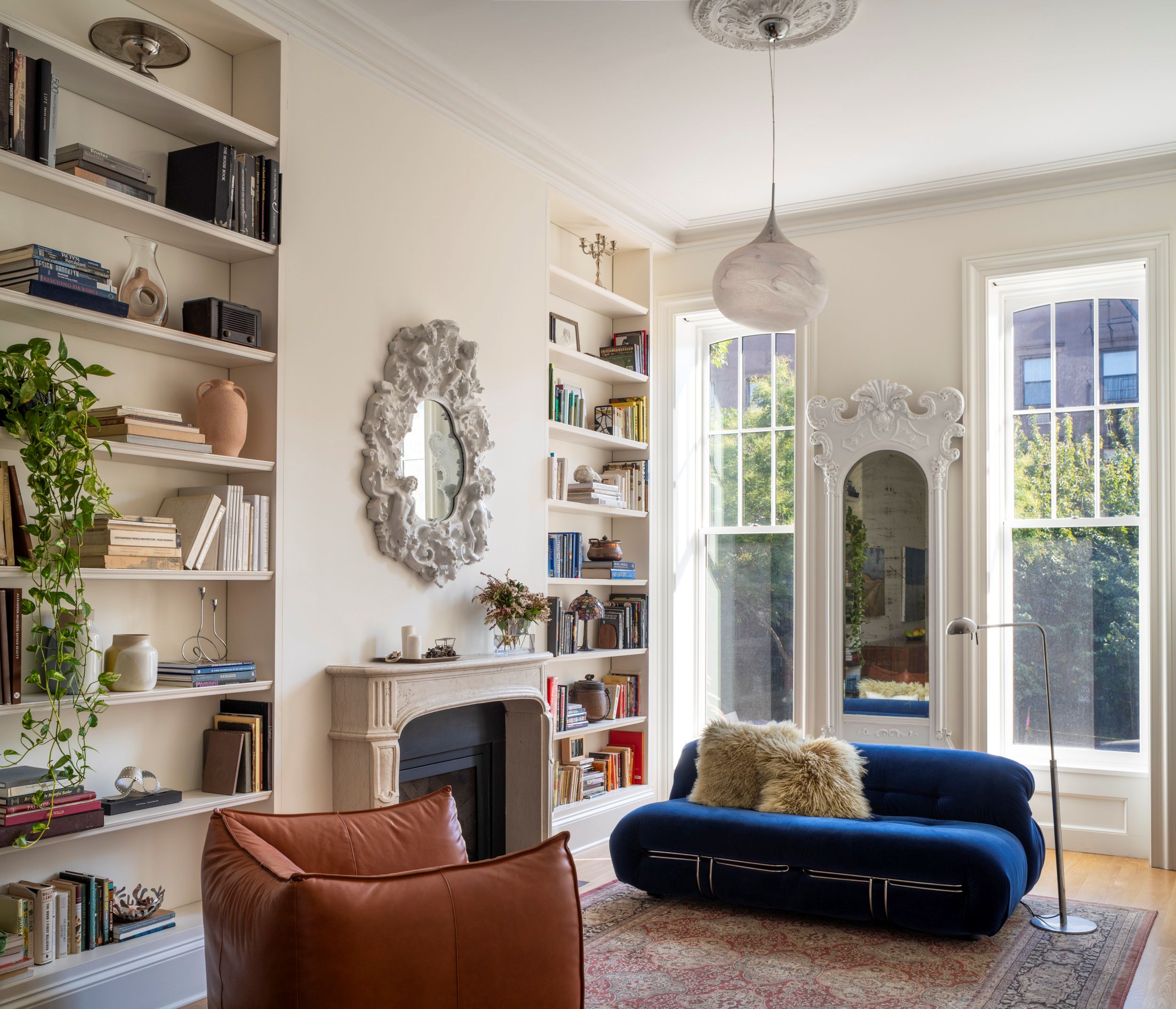
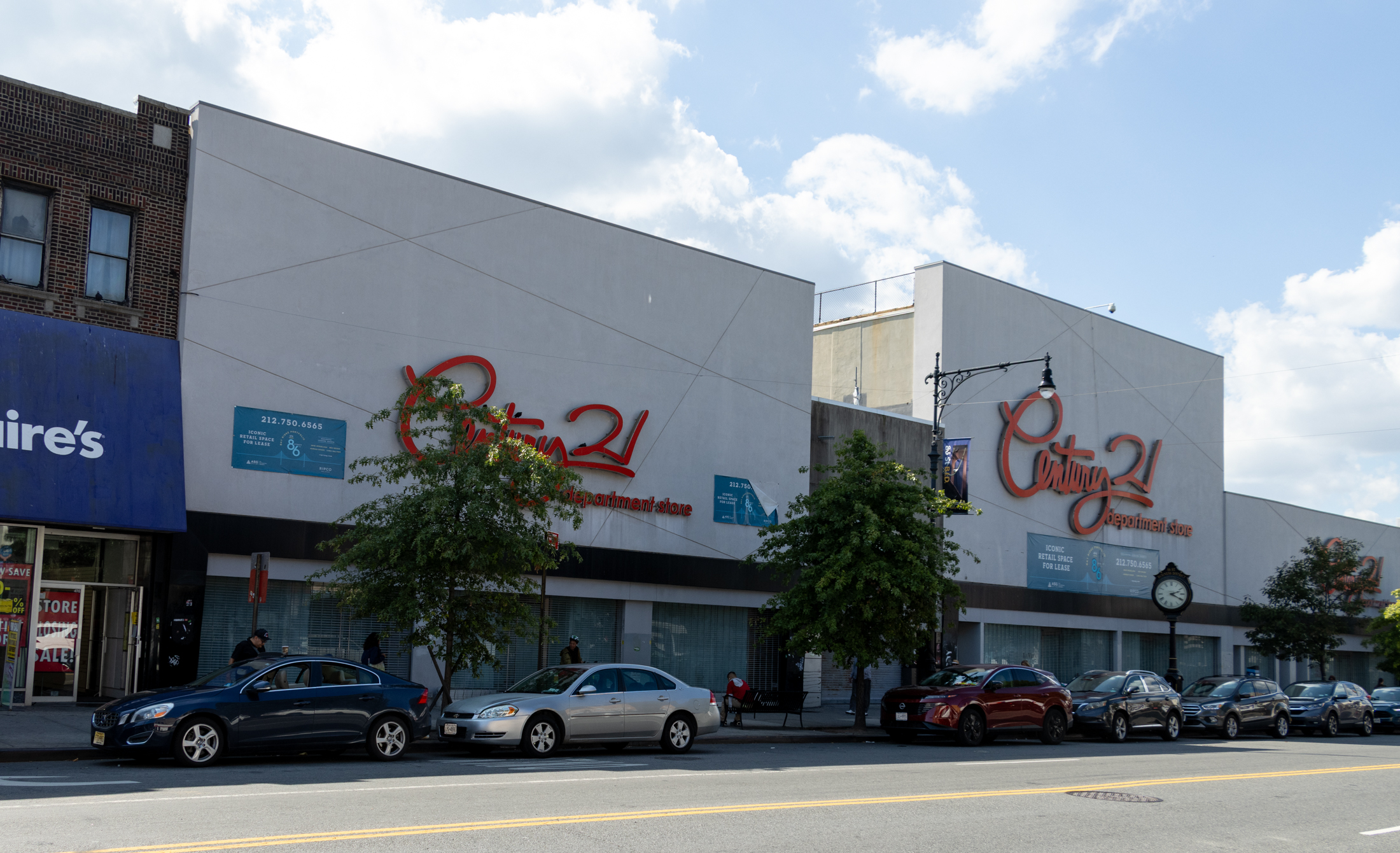
What's Your Take? Leave a Comment